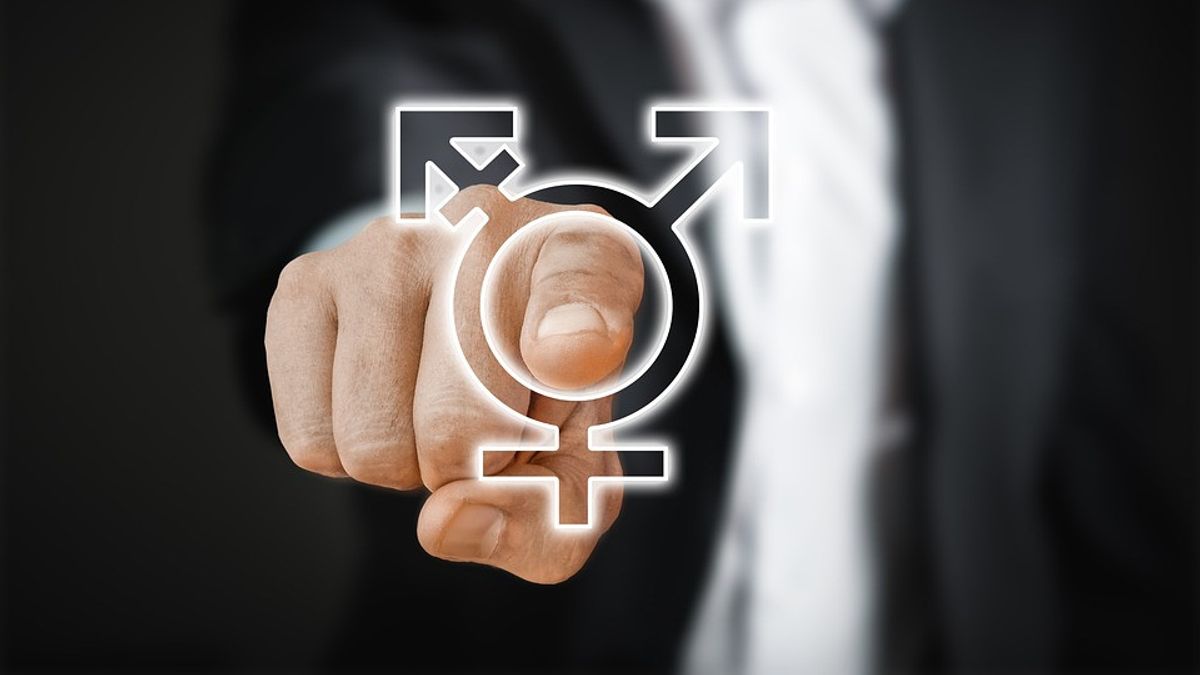YOGYAKARTA Intersex is a term for a person who is born with double sex. It is estimated that around 1 in 1,000 babies worldwide were born with this condition. Previously, the intersex condition was known as hermaphrodit.
Intersex is not included in the category of disease, but rather in the variations that occur naturally in humans. In addition, intersex does not affect the physical health of the baby, although it can cause complications over time, including potential fertility problems.
What's Intersex?
Quoted by VOI from Medical News Today, Intersex is a general term that describes differences in sex characteristics that do not match the idea of male or female binaries. Sexual characteristics include genitals, hormones, and chromodynamic patterns.
According to the Australian Intersex Human Rights organization (IHRA), there are at least 40 different intersex variations.
Some of the characteristics of intersex may be seen at birth, while others may not appear until that person reaches beaten. In some cases, one may never know that they are intersex.
It is estimated that 1.7 percent of the population has intersex properties. This is equivalent to the number of people born with red hair.
Some may also say someone who intersex has differences in the development of sex.
According to a study conducted in 2020, someone who has two genders can show a variety of gender identities. Gender identity refers to the personal feelings of individual gender regardless of their gender.
The survey conducted in Australia in 2015 also showed the same thing. As many as 75 percent of intersex respondents identified their gender as male or female. While the remaining 25 percent chose other options, including intersex.
How to Identify Intersex
Gender determination of intersex babies is usually determined by doctors when the baby is born. In most of the United States, it will be male or female. However, intersex does not necessarily affect a person's gender identity.
An intersex can identify themselves as other sexes and choose to live according to this gender. Some may identify themselves as non-binary and have multiple sexes or no genders, while others may move between sexes.
A person who has intersex traits should not feel that they must obey the gender usually associated with the gender determined by the doctor or their family at birth or the gender that the community may determine based on their appearance or anatomy.
Intersex Ciri-Ciri
Baby babies born with intersex conditions can be recognized from the following characteristics:
Intersex conditions are usually only known when the baby is an adult and enters retirement. An intersex that has more biological characteristics of a man when he was a child, will look more feminine when it is puber.
In contrast, an intersex that looks like a woman may start looking like a boy when she was a teenager.
When a baby is born with intersex traits, a doctor and the baby's parents will determine the gender of the baby to raise it according to the gender norm associated with the gender.
Doctors can sometimes perform infant sex changes, but most medical organizations consider the operation unacceptable. Some may also prescribing hormone treatment during layoffs, but this also gets a lot of resistance.
The purpose of this treatment is usually to make the baby more matched' into the male or female category.
However, there is a growing movement that aims to change the perspective of medical professionals, parents, and others on intersex people. Because intersex is not a disease, many believe that intersex does not require treatment.
That's the information about what intersex is. Hopefully it will be useful!
The English, Chinese, Japanese, Arabic, and French versions are automatically generated by the AI. So there may still be inaccuracies in translating, please always see Indonesian as our main language. (system supported by DigitalSiber.id)








